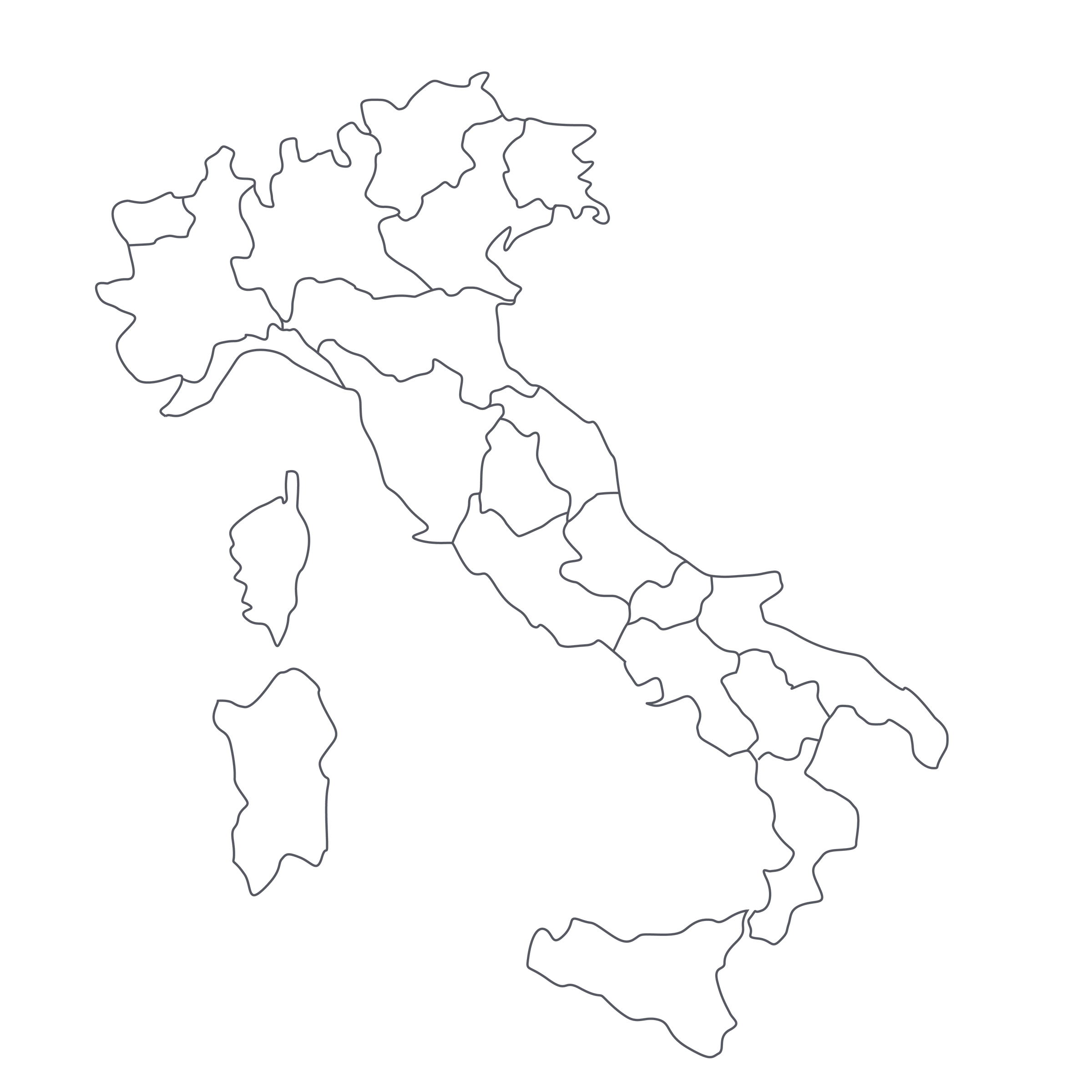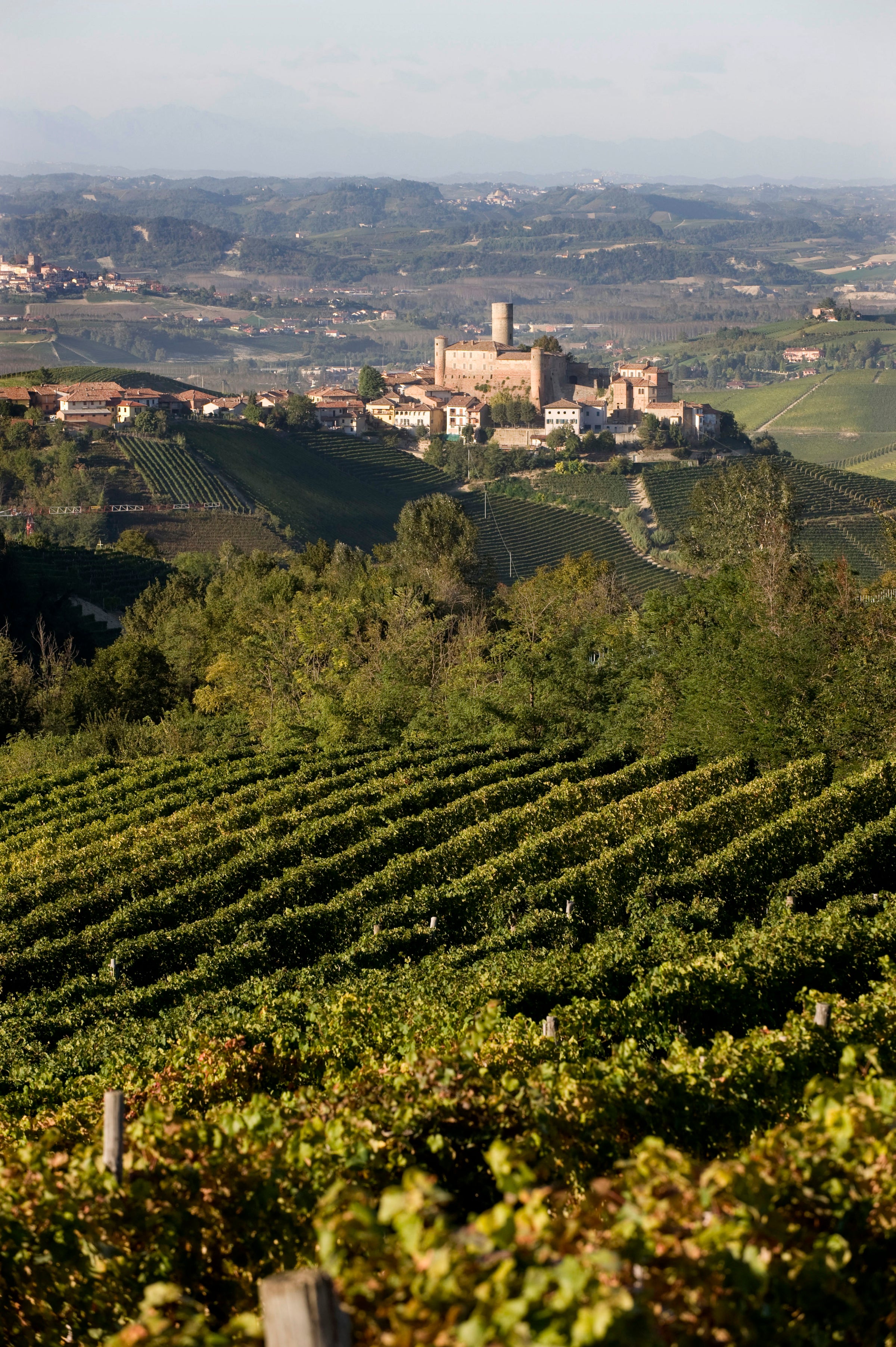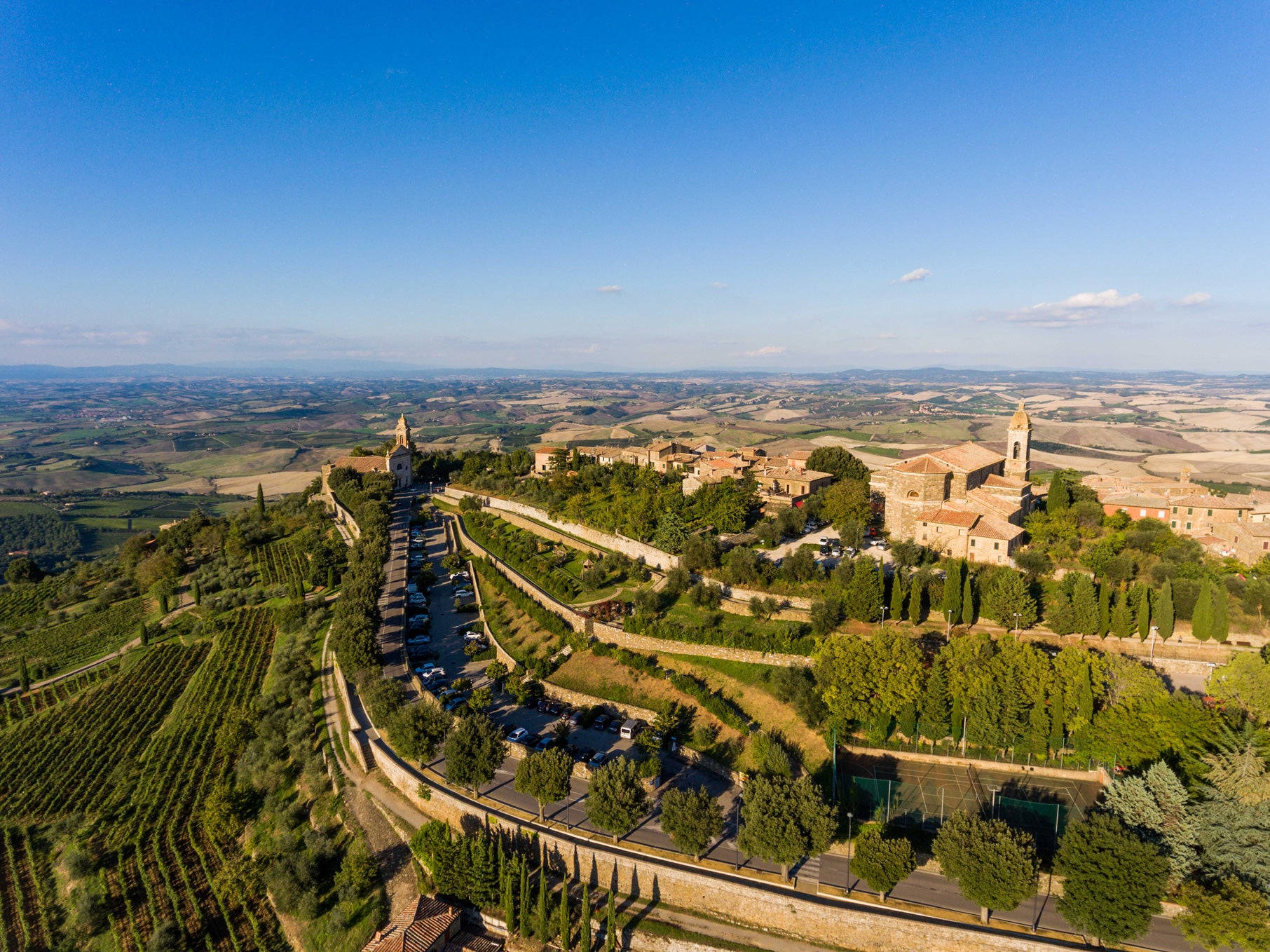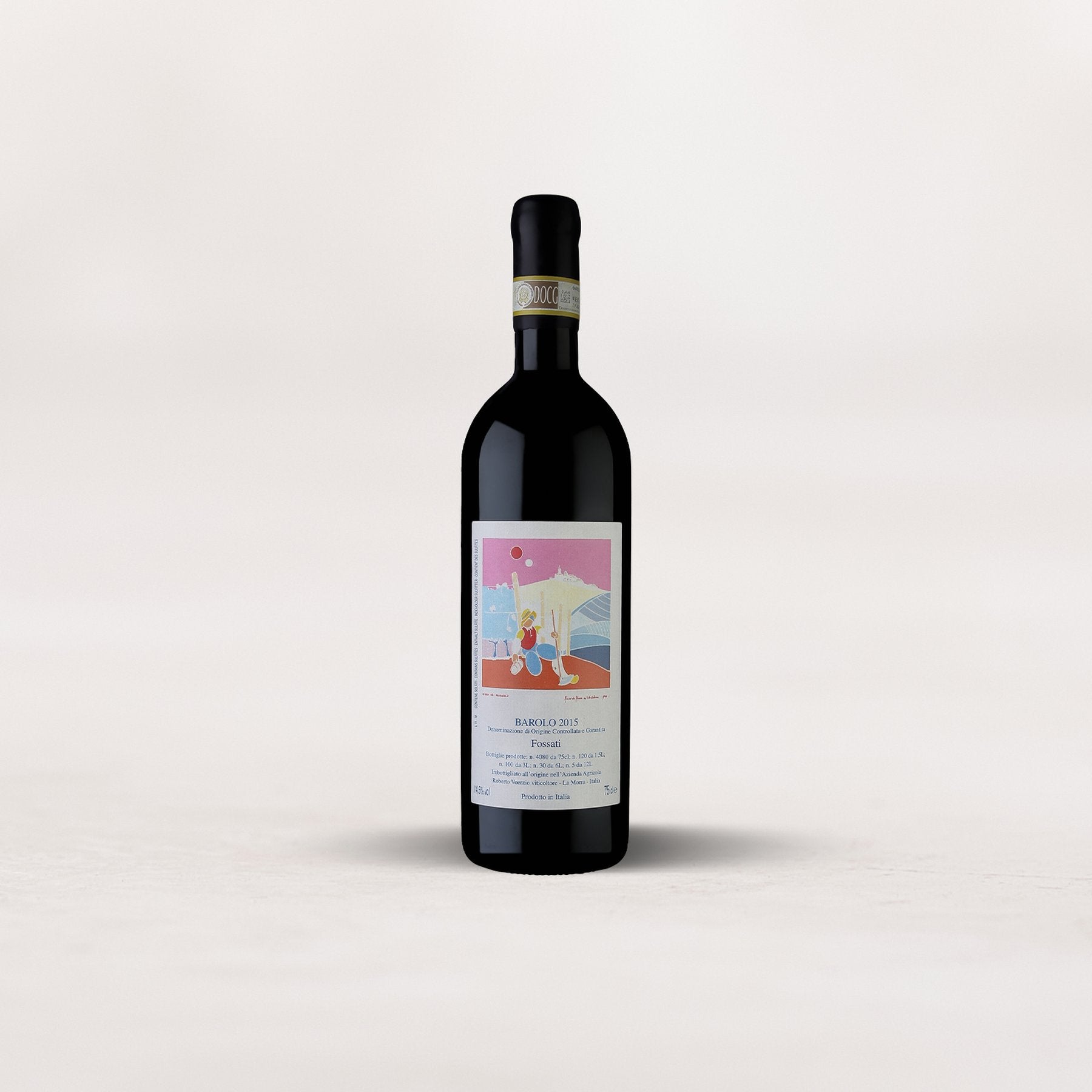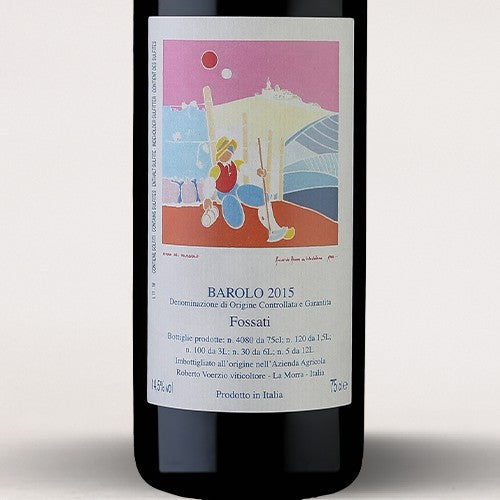To hardcore Barolo fans, Roberto Voerzio is known as one of the “Barolo Boys,” an infamous cadre of producers who looked beyond the boundaries of their home region for inspiration and created a “new” style of Barolo wine that wasn’t exactly welcomed by the Old Guard. But it’s been more than 30 years since Voerzio and his contemporaries (Elio Altare; Giorgio Rivetti) first shook up the scene, so you might say that they’re the Old Guard now—or, at the very least, the Old Guard within the “modernist” wing of the Barolo party.
What we have now, after several decades, is irrefutable evidence that Voerzio and his fellow travelers were on to something: by severely restricting yields of his late-ripening Nebbiolo grapes, then fermenting/aging their wines in newer, cleaner vessels, they brought international acclaim to the tiny, insular Barolo region. Voerzio’s Barolos are known for their polish, their concentration, and yes, their longevity, however tantalizing they can be when just released. They are also nearly impossible for us to offer on SommSelect, thanks to limited quantities and overwhelming demand among serious collectors. We managed to eke out enough of this 2015, from the acclaimed “Rocche dell’Annunziata” vineyard, to put out on the airwaves, but it’ll be gone in an instant. The combination of vintage, vineyard, and producer here is the stuff of legend: If you’re quick, you can take up to two bottles until our stock disappears.
The Voerzio name is synonymous with the village of La Morra and its most prized single vineyard sites, including not just “Rocche dell’Annunziata” but “Brunate,” “Cerequio,” “La Serra,” and “Torriglione.” Roberto Voerzio grew up in a family of vignaioli and worked at first alongside his brother, Gianni, before they decided to go their own ways in the 1980s. Like his fellow “Barolo Boys,” one of the things Roberto became famous for was severely restricting yields to produce more concentrated fruit (“green harvesting” was frowned upon back then, to the point where many vineyard workers refused to do it). Aging in newer, smaller barrels (often French oak barriques, although that has evolved over time) resulted in more deeply colored wines with lots of sweet spice layered over the earthy, gamey notes Nebbiolo is famous for. The village of La Morra is known for some of the Barolo region’s most delicate styles (“delicate” being somewhat relative when it comes to the high-tannin, high-alcohol Nebbiolo grape), but Voerzio’s wines have tended to break that mold: These are long-aging powerhouses that really don’t start showing their true colors until they’ve had a good five years of bottle age.
As we’ve noted repeatedly in Barolo offers over the past few years, 2015 was a warm, generous vintage in Barolo, but it wasn’t as hot as other parts of Europe. Critic Antonio Galloni observed that the 2015s “…don’t have the intense warm-vintage profile of wines from years such as 2003, 2007 or 2011,” which is a good way to describe Voerzio’s 2015—if anything, it’s still a rigid, densely packed, youthful wine. Like most of the best vineyards in the commune of La Morra, the Rocche dell’Annunziata cru faces southeast, a “morning” exposure that allows for optimal ripeness and, relatively speaking, approachability. This 2015 was fermented on ambient yeasts in stainless steel, after which it aged 24 months in a mix of used French oak barriques and 20-hectoliter Slavonian oak botti. It was returned to tank for eight month before bottling, then aged eight more months in bottle before its initial release.
It may still be a little early for this ’15, but then again, life is short: Decant it at least an hour before serving at 60 degrees in your best Burgundy stems and you’re in for a long, ever-evolving thrill ride. The oak and tannins are both nicely integrated already, although there’s still more knitting together to come: In the glass, it’s a deep ruby moving to garnet and a hint of orange at the rim, with a nicely perfumed nose of wild black and red berries, brandied cherries, spiced plum, rose petal, cocoa, vanilla bean, and tobacco. It is full-bodied and dense, unfolding in layers and in need of food to tame it and bring out its best. This is a wine for which the traditional Brasato al Barolo (basically Piedmontese pot roast) is a necessity. If you manage two bottles today, I’d say enjoy one soon and forget the other one for at least five years, and preferably ten. This is epic stuff. Enjoy!
